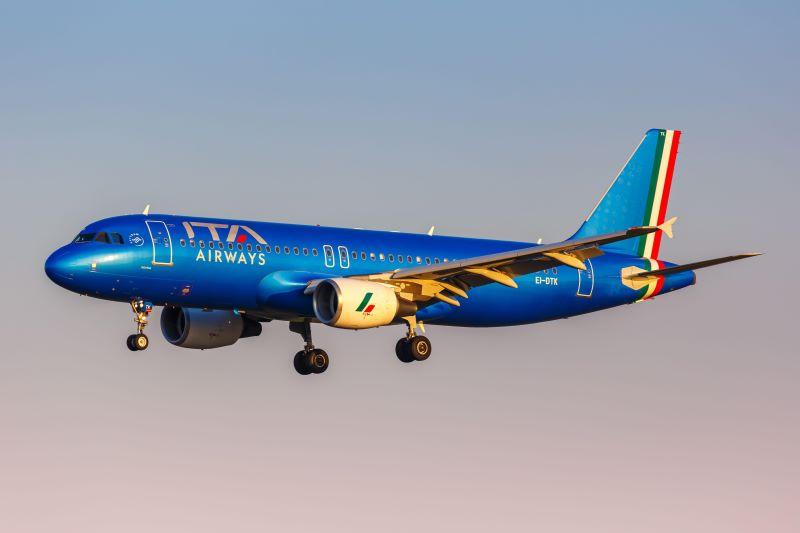Daily Memo: Lufthansa’s Likely ITA Purchase Will Offer Up Familiar Challenges

If and when Lufthansa finally lands a stake of ITA Airways, the long-awaited deal will not be the first time Lufthansa has sought control of a national air transport market through a share in that country’s struggling national airline.
Lufthansa’s acquisitions of SWISS in 2008, Austrian Airlines in 2009 and Brussels Airlines in 2016 provide a template—but also highlight the challenges the German group will face as ITA’s new owner.
The Jan. 2 publication of the official Italian government decree paving the way for the ITA Airways sale was the last step that needed to take place before Lufthansa could make its widely expected offer. Lufthansa itself is not commenting on the process, but a bid could come any day now.
The wording of the decree—which allows for an acquisition in several phases, and which specifies that an airline must hold a majority stake in ITA—makes it likely that Lufthansa will follow the pathway it took when it previously bought into national carriers, of taking a small stake and later increasing it.
However, Lufthansa’s strategy of buying into a national airline in need of restructuring in order to control a given market has consistently been shown to have its flaws, with the necessary restructuring in some cases proving a step too far.
Even before the COVID-19 crisis hit, Brussels Airlines was making a loss: €40.6 million ($43.5 million) in 2019—and that year it launched a turnaround plan aimed at improving profitability.
Austrian, meanwhile, also struggled with profitability in the pre-pandemic era. The airline managed to record an adjusted operating profit in 2019, albeit lower than the previous year, but complained of tough competition and extensive surplus capacities.
SWISS had already undergone a painful restructuring when Lufthansa bought into it, and the good news when it comes to ITA Airways is that it too is a very different airline from the Alitalia that filed for bankruptcy in 2017.
When a years-long search for a buyer came to nothing and the pandemic hit, the Italian government nationalized the airline. After major job, fleet and network cuts—and with the assurance that it was economically separate from its predecessor—ITA launched in October 2021, with an initial fleet of 52 aircraft and plans to grow to 105 by the end of 2025.
ITA has been adding aircraft—including Airbus A350s and A220s—and aims to achieve a fleet made up of 80% new generation aircraft by 2026 as it gradually expands its new network. For now, it is focusing in particular on long-haul destinations and the transatlantic segment. ITA flew 9 million passengers in its first year—a drop in the ocean compared to Lufthansa Group’s own passenger numbers.
As the Alitalia-then-ITA Airways saga has rumbled on, Lufthansa has repeatedly emphasized how important it considers the Italian market, and it is true that Italy has provided ample growth opportunities for agile LCCs such as Ryanair. The Irish LCC’s strength in Italy was one of the reasons Alitalia ran into insoluble difficulties in the first place.
But Ryanair already controls 40% of the market share in Italy, putting it ahead of easyJet and ITA, and operates to and from 30 Italian airports, of which 17 are bases.
And Lufthansa already has a foothold in Italy through Air Dolomiti.
Lufthansa’s probable takeover of an ITA Airways stake will, like previous takeovers of national carriers, have the merit of preventing rivals from accessing market share. Air France-KLM had previously been the frontrunner for taking an ITA stake, in a consortium with Certares and Delta Air Lines, but talks between those partners and the Italian government in 2022 failed to reach a conclusion.
It’s also hard to see how Lufthansa will easily and efficiently integrate a sixth hub airport to its existing list of Brussels, Frankfurt, Munich, Vienna and Zurich, all of which are located within a relatively short flying distance.
Within Italy, ITA Airways’ set-up offers its own problems, with the split between the capital and government center Rome and the business hub Milan causing headaches for route planning within its network. That question will bring only added complications for ITA’s new owner.


